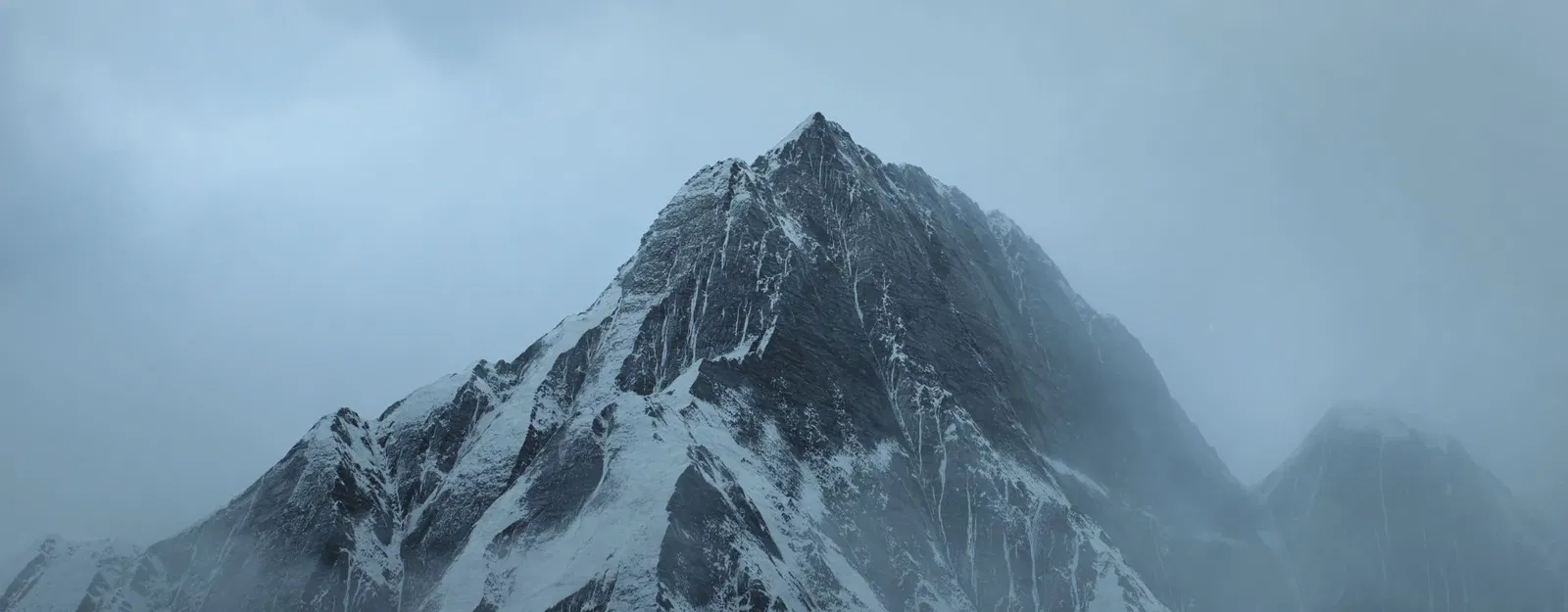It's not quite as clear-cut as that.
It's a standard rendering (side)effect: you only ever see surfaces that are facing your direction, and most geometry has single-sided surfaces. If, for instance, you have a regular polygon cube, that's six surfaces, but for efficiency purposes, since it's a solid cube, all those six surfaces only point outwards. If you somehow got inside the cube, you wouldn't see it because the polygons have no “backside”. After all, why bother when no-one is supposed to see it from the inside? It's the same with ground geometry: you're only ever supposed to see it from… well… above-ground. Thus, if you clip through and end up below the ground geometry, it too has no backside so it is no longer visible.
But that still leaves all other geometry that is above you, and from your below-ground vantage point, you may still see surfaces that are the outsides of their respective objects. Plants, structures, vehicles, actors — all that stuff will have outside surfaces that will still be visible, and many of them will have undersides that now directly face you. Some structure floors may become see-through because they're supposed to rest on top of the ground and, much like it, never be seen from below. But everything else shows. Now, if those objects are hand-placed or procedurally generated generally makes very little difference. If the proc-gen is just a matter of “place these decorative objects at a, b, and c” then it won't make any practical difference for you compared to the hand-placed objects at d, e, and f.
However, sometimes there are various zoning and culling tricks going on in the background where the renderer figures that, hey, there's this big piece of geometry between you and some other thing that would normally be shown, and since that geometry is in the way, let's just not render that other thing. It might not care (or even consider the possibility) that you're seeing through a non-existing backside — you're not supposed to be able to be there, so why even bother checking such impossibilities, after all? So even though you can see out from below the ground just fine, due to that whole no-backside thing, the renderer might determine that, hey, there's terrain between you and this nice tree over here, so it will stop rendering the tree altogether to save on resources. To you, the tree just blinks out of existence as your head sinks below the surface, even though can still technically see its location just fine.
This is where the difference between hand-placed and procgenned objects may make a difference. One might be more aggressively culled from rendering than the other; one might be a type of “always render” object, and the other might not be (although that usually only applies to skyboxes, to ensure that there is always a background and to avoid the classic Doom-style hall-of-mirrors effect). Automatically places surface details — small rocks and low surface plants for instance — might be set up along the assumption that, if the surface they're placed on isn't rendered, then also don't render the detail objects. Such details would be an excellent candidate for procgen placement, and would also present a case where, since you no longer see the ground from the right side, you will also no longer see the procgen-placed detailing.


